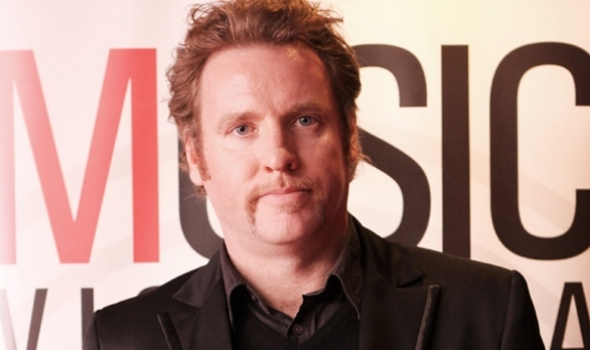Music Victoria’s 10-point plan: how Melbourne became a live music capital

Music Victoria this morning released The Victorian Live Music 10 Point Plan outlining how the state’s live industry worked with the Government and other stakeholders to steer it away from crisis seven years ago.
Initiatives since then include the state-wide Agent of Change provisions, a $22 million investment and skills-developing Music Works package, cuts to red tape, grants for venues to soundproof, initiatives to bolster the regional touring circuit and a $250,000 funding for a sexual assault taskforce to pilot a safe space program in nine venues.
The way Victoria’s live music runs alongside planning, licensing and environmental priorities has picked up interest from overseas.
“Amsterdam and Bangkok are just two cities which have reached out as they also want to adopt the Agent of Change,” Music Victoria CEO Patrick Donovan tells TMN.The principle puts the onus on the party making changes to existing structures to minimise noise issues – for example, on a developer to ensure a new block of flats is sufficiently soundproofed if it’s within 50m of a live music venue, or on a venue owner-operator to minimise disturbances stemming from an expansion of the venue.
“We’re also in discussions with the UK’s Musicians Union on a number of strategies that will be of mutual benefit.”
Melbourne was chosen to host the Music Cities convention in early 2018, the first city outside North America and Europe.
The ten (eleven, actually) points are:
1. Gather data on the economic, social and cultural contribution of live music.
This has been done via research by Live Performance Australia and Deloitte, as well as Music Victoria’s annual metro and regional music census.
Coming up are a Government-sponsored study on the economic impact of its estimated 350 music festivals and the first study into the size of music tourism.
2. Establish a non-partisan relationship with all sectors of Government.
“That’s been an important development,” Donovan says. “There were overlaps, but the previous Coalition Government worked at solving the problems, and the current Labor Government has worked effectively at investing and growing the live sector.”
Minister for Creative Industries Martin Foley said in a statement, “Melbourne’s position as Australia’s music capital is not something we take for granted.
“That’s why our Music Works package provides support for the industry at every level; from the artists making the music, to music managers, promoters, technicians and venues.
“We’re also supporting projects that celebrate our music heritage, such as the development of the Australian Music Vault and the Rockin’ The Laneways program.
“Music Victoria’s 10 Point Plan reflects the strong links between Government and the music industry. It also reminds us why Melbourne is a music city, and we are the creative state.”
To foster closer ties with all sides of politics, the first Music Friends of Parliament event will be held in August, with another in November.
Among live concerts and speeches outlining the strategies and needs of the sector, will be networking opportunities.
“It’s an ice breaker,” says Donovan. “After all, everyone one has their favourite song or favourite act.”
3. Ensure that any legislation to tackle alcohol-fuelled harm does not automatically include venues.
The Government confirmed there are no plans for lockout laws.
4. Ensure calls for legislation changes are clearly articulated.
Music Victoria put together such a report in 2014.
5. Make sure all stakeholders come together to discuss issues.
The Live Music Roundtable convened by the previous Government continues today, with reps from Government, creatives, venues, liquor licensing, academics, police and planners.
6. Keep it local, working with local councils as to what they can do to expand their music activities.
During elections, outline which candidates have music strategies and make them public, as Music Victoria has done.
7. Get smart: create a guideline, as Music Victoria did with Best Practice Guideline for Music Venues.
8. Set in motion programs to increase skills of creative people and industry workers.
9. Look after creative people with policies including car park permits outside venues for working musicians, excess baggage discounts for musicians on tour, and working with hearing sector to educate them on hearing health.
10. Tap students of colleges to collect data.
Local examples have included the RMIT’s survey on attendance in music laneways and Music Victoria’s own study into access for musicians to Centrelink welfare benefits.
and 11. If need be, use public support through rallies and social media campaigns.
Music Victoria’s The Victorian Live Music 10 Point Plan is available here.
































